tea gardens
Jonathan
20 years ago
Related Stories

GARDENING GUIDESGreat Design Tree: Australian Tea Tree
A living sculpture with an unmistakable appearance, this coastal native creates an intriguing landscape scene
Full Story
EDIBLE GARDENSTake Refuge in an Iced Tea Garden
Cultivate the fine art of lounging in the shade and sipping a cold beverage
Full Story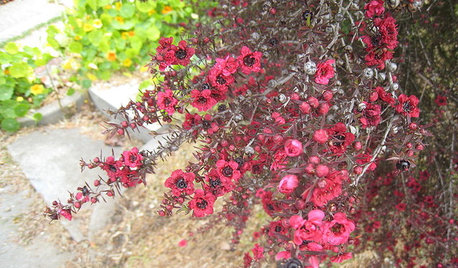
GARDENING GUIDESGreat Design Plant: New Zealand Tea Tree
Balance pretty polish and ruggedness in a temperate garden with this low-maintenance and drought-tolerant flowering shrub
Full Story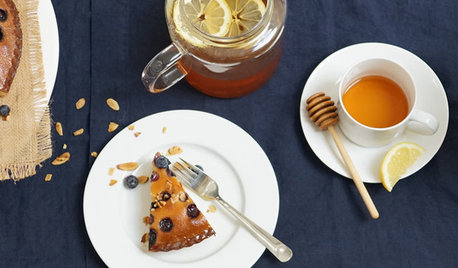
SHOP HOUZZHouzz Products: A Special Spring Tea Party
Have your friends over for the loveliest tea party yet with fun serving pieces, tableware and accessories from our Products section
Full Story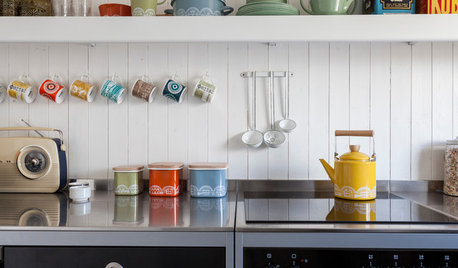
LIFEHow Do You Make Your Tea and Coffee in the Morning?
A morning cup is a must for many, and preparation comes in many guises. We look at coffee and tea habits across the Houzz community
Full Story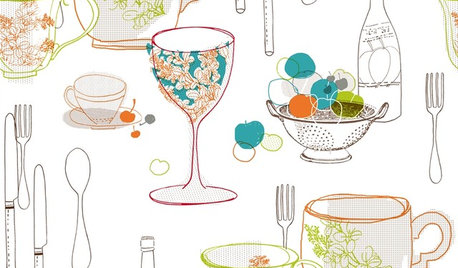
ENTERTAININGGuest Picks: Tea Party With a Modern Palette
Turn a traditional tea party on its head with the colors of citron, peach and lime
Full Story
ENTERTAININGThe Busy Mom's Guide to Throwing a Kids' Holiday Tea Party
Even Fancy Nancy would thrill to be a guest at this easy event, where no one will know the shortcuts but you
Full Story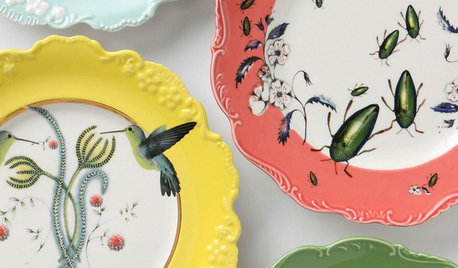
PRODUCT PICKSGuest Picks: Dishes and Tea Towels That Bring a Smile
Eat your heart out with kitchen accessories that put the "fun" in "functional"
Full Story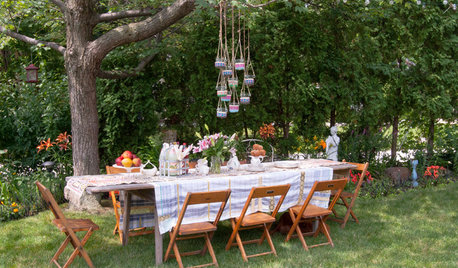
ENTERTAININGHow to Host a Tea Party at Home
Many people are reacquainting themselves with the gracious British ritual, steeped in tradition, that is perfect for an outdoor gathering
Full Story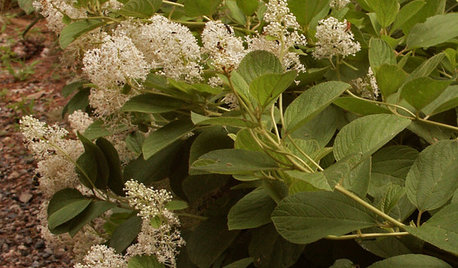
GARDENING GUIDESGreat Design Plant: Ceanothus Americanus
Thriving in lean soil and attracting the good bugs, New Jersey tea is a boon to full-sun areas of the garden
Full Story






JonathanOriginal Author
vgary
Mary_in_pnw
luv2gardenoriginal
gardenlad
flowersandthings
PucPuggyII
JonathanOriginal Author
belaryder
Lady_Lisa
SallyPainter
JonathanOriginal Author
SallyPainter
Busy_Bee_OR
garlicgrower
JonathanOriginal Author
Talis
vgary
flowersandthings
flowersandthings
hemnancy
kranberri
lena975
JonathanOriginal Author
kris
Heidi_SoCal
greenwitch
JonathanOriginal Author
User
myoneandonly
JonathanOriginal Author
jrmankins
digit
cziga
jrmankins
digit
amelie_danjou
digit
JonathanOriginal Author
digit
JonathanOriginal Author
digit
digit
JonathanOriginal Author
digit
eibren
pammyk
JonathanOriginal Author
digit
loomis